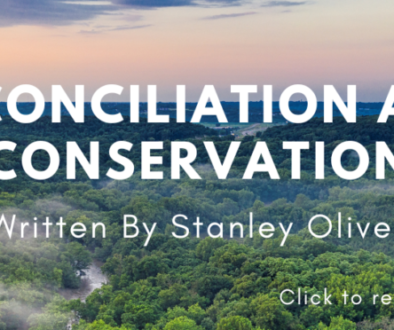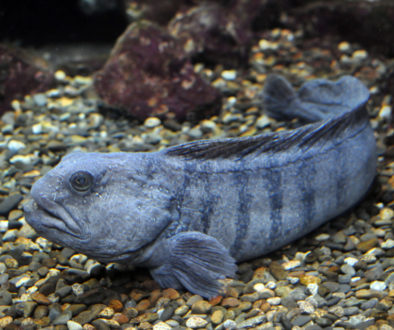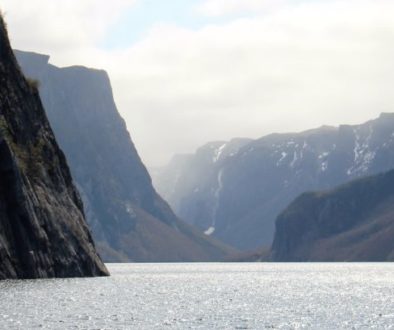North Atlantic Right Whale: The Critically Endangered Giants
With only about 400 whales remaining, the North Atlantic Right Whale is one of the most endangered whales on the planet. Named by fisherman who dubbed them as the “right whale to hunt”, they are typically slow swimmers who tend to stay closer to shore. Right whales can be identified by their wide tail flukes and narrow tail stocks, large flippers, and absence of a dorsal fin (the fin on its back). Typically they have black skin, sometimes with white patches on their throat and belly, and they commonly have callosities (rough white patches of skin) on their head chin and lips – which can even be used to identify individual whales1.

With only about 400 whales remaining, the North Atlantic Right Whale is one of the most endangered whales on the planet. Named by fisherman who dubbed them as the “right whale to hunt”, they are typically slow swimmers who tend to stay closer to shore. Right whales can be identified by their wide tail flukes and narrow tail stocks, large flippers, and absence of a dorsal fin (the fin on its back). Typically they have black skin, sometimes with white patches on their throat and belly, and they commonly have callosities (rough white patches of skin) on their head chin and lips – which can even be used to identify individual whales1.
Did you know?
- Right whales tend to form large groups – these are known as surface active groups (SAGs). In these groups, large numbers of males compete for the attention of a female. These SAGs are typically formed in the Bay of Fundy, and for whale-watchers and scientists this can be a real highlight to observe1!
- Sometimes researchers observe right whales with patches of mud on their heads when they come to the surface – it is unknown the exact reason for this, but it is suspected that the whales were feeding on prey located close to or on the bottom of the ocean1.
- Whalers hunted the right whale to near extinction by the late 1800s. In 1935, the League of Nations banned hunting of right whales in all oceans1.
- Right whales are baleen whales – meaning they have a series of fringed plates hanging from their upper jaw, instead of teeth, which helps filter out their food – trapping it for them to swallow1.

Threats
The biggest threats to the North Atlantic Right Whales are collisions with vessels, entanglement in fishing gear, and underwater noise. While there are measures in place in both of their critical habitat areas to reduce the chance of vessel collision, a federal study has indicated that it may not be enough to keep them from being hurt or killed in Atlantic waters. However, DFO is working with partners to develop recovery measures to understand and reduce all threats to the species2.
- Entanglement in fishing gear is one of the greatest threats to this species. Floating lines between traps can form loops which whales can get tangled in. This can severely stress and even injure a whale and can lead to a painful death. The gear can prevent them from swimming or feeding properly and can even prevent them from reaching the surface to catch their next breath. Reports suggest that over 85% of right whales have scars from being entangled in fishing gear at some point2.
- Vessel Strikes is another major threat to this species. Their critical habitat and migration routes are close to several major ports along the Atlantic seaboard, often overlapping with shipping lanes. This makes these whales vulnerable to collisions with ships. In the last few weeks, six Right whales have died in Canadian waters and necropsies showed that three of the deaths were due to vessel strikes2.
- Underwater noise pollution is also a threat to this species, as it interrupts their normal behaviour, and interferes with their communication2.

Cause for Alarm
Between April 2017 and January 2018, at least 4% of the species died. 12 of the 18 confirmed deaths were documented in the Gulf of St. Lawrence, while the remaining 6 were in US waters. Necropsies revealed that vessel collision and entanglement were to blame3.
In 2018 there were no calves reported, and in the 2019 season there were seven babies born, but six adult whales have already died in Canadian waters. If the number of deaths is as high as the births, then the population could really be in trouble4. Out of the approximate 400 whales left, only about 100 of these are females of breeding age2.
At this rate, extinction from current threats is expected within 25 years. We must act now to ensure that this does not happen3.
How to Help
Scientists, organizations and concerned citizens from around the world have been working together. Even forming organizations such as the North Atlantic Right Whale Consortium and the Right Whale Recovery Team to guide the research, conservation and management actions. Many research, conservation and stewardship, outreach and recovery efforts have been initiated by organizations (governmental and non-governmental) over the past 20 years.
A Recovery Plan was published in 2000 by the Right Whale Recovery Team, outlining the key issues that the Right whale faces, and the research and actions required to encourage recovery1. The following are some mitigation methods that have been adopted to try to help the Right whale:
- Protecting their critical habitat
- New rules requiring ships to slow down in known feeding/travel areas for Right whales
- Guidelines that prevent fishing vessels from setting nets in known migration and feeding areas

Migration Patterns
Each winter, many Right whales travel from their feeding and mating grounds off the Eastern coast of Canada, to the warm coastal waters off the southeast United States (South Carolina, Georgia and Florida) where they give birth and nurse their young2.
Due to changing climate and/or human use of their habitats, Right whales have changed their habitat patterns since 2010 – this has increased their risk of entanglements and vessel strikes as their migration patterns are less predictable3. This is another factor that is endangering these whales as boat operators must follow the guidelines to avoid known migration and feeding areas, yet these areas keep changing.
References: DFO Canada, NOAA, WDC, CTV
Written by: Karleena Squires, Engagement Coordinator, CPAWS-NL




